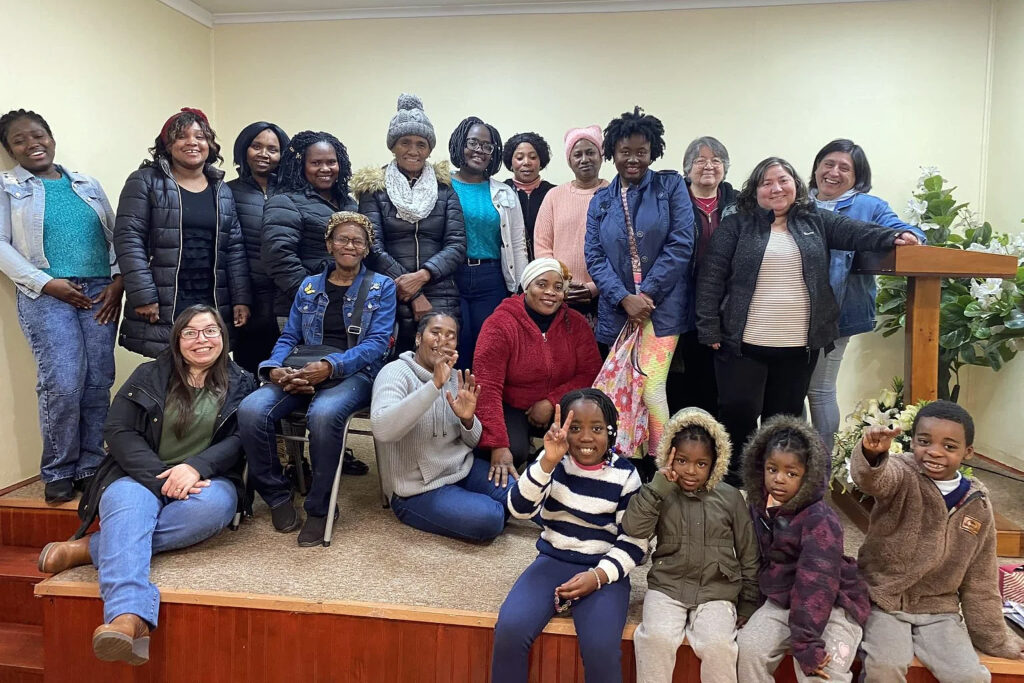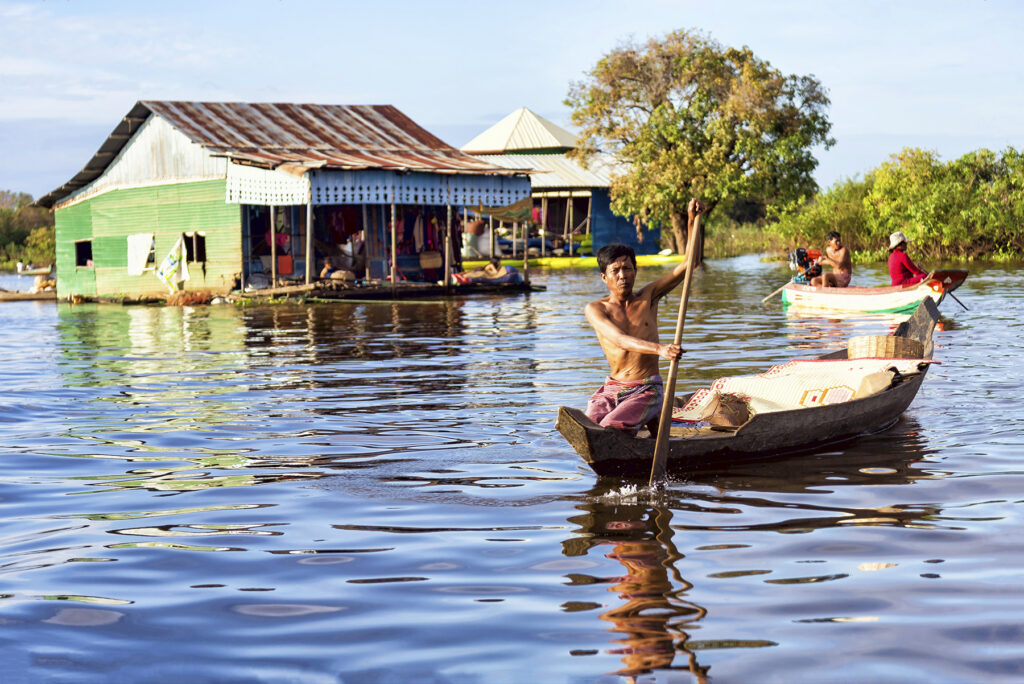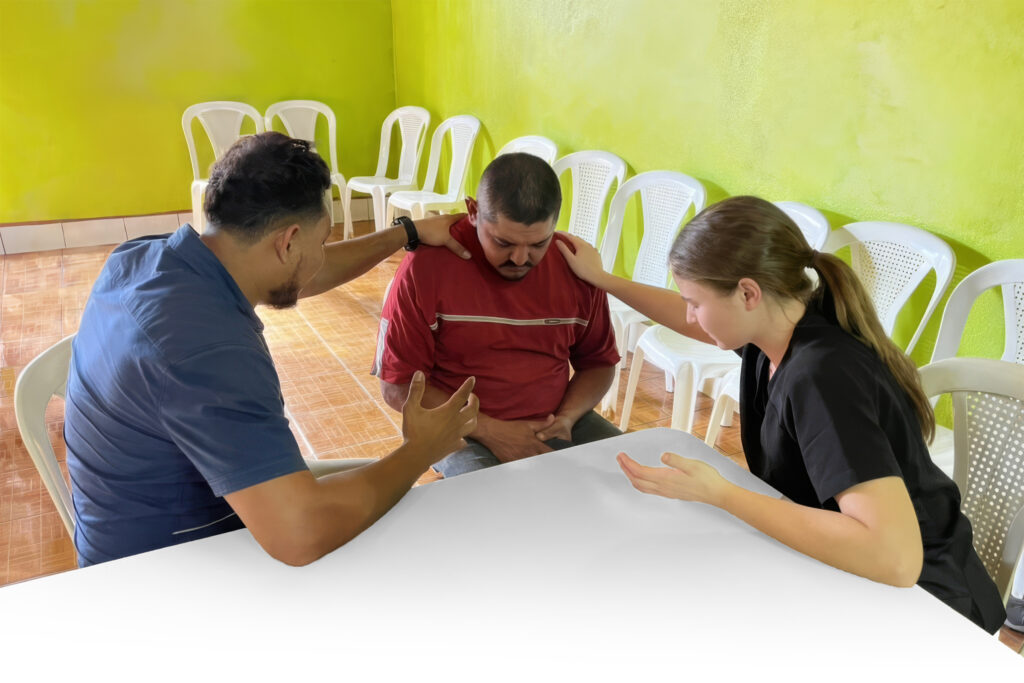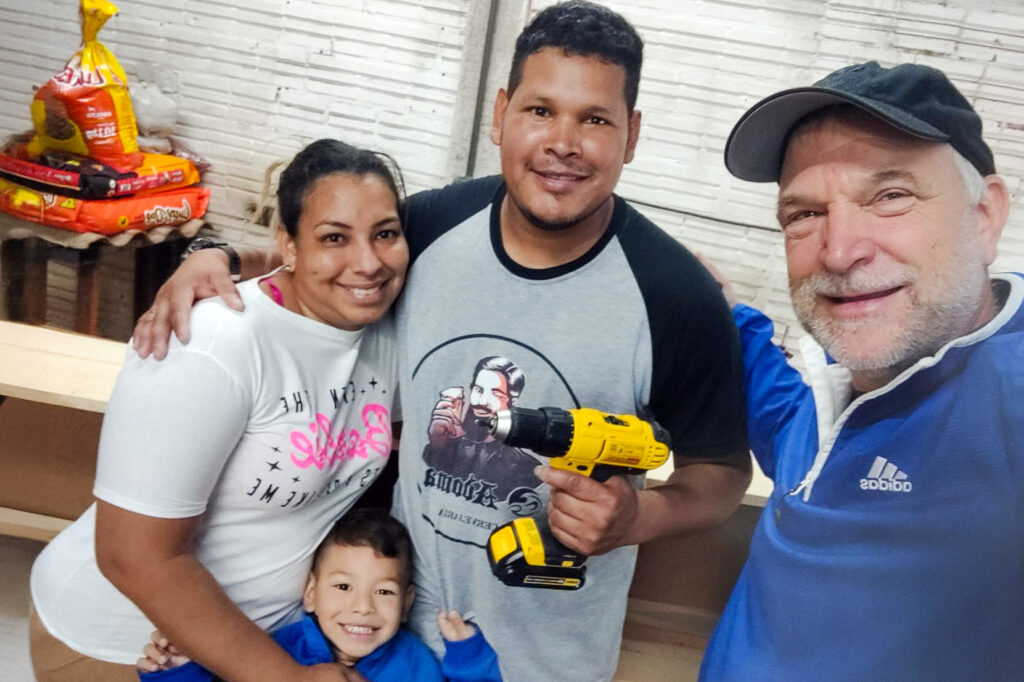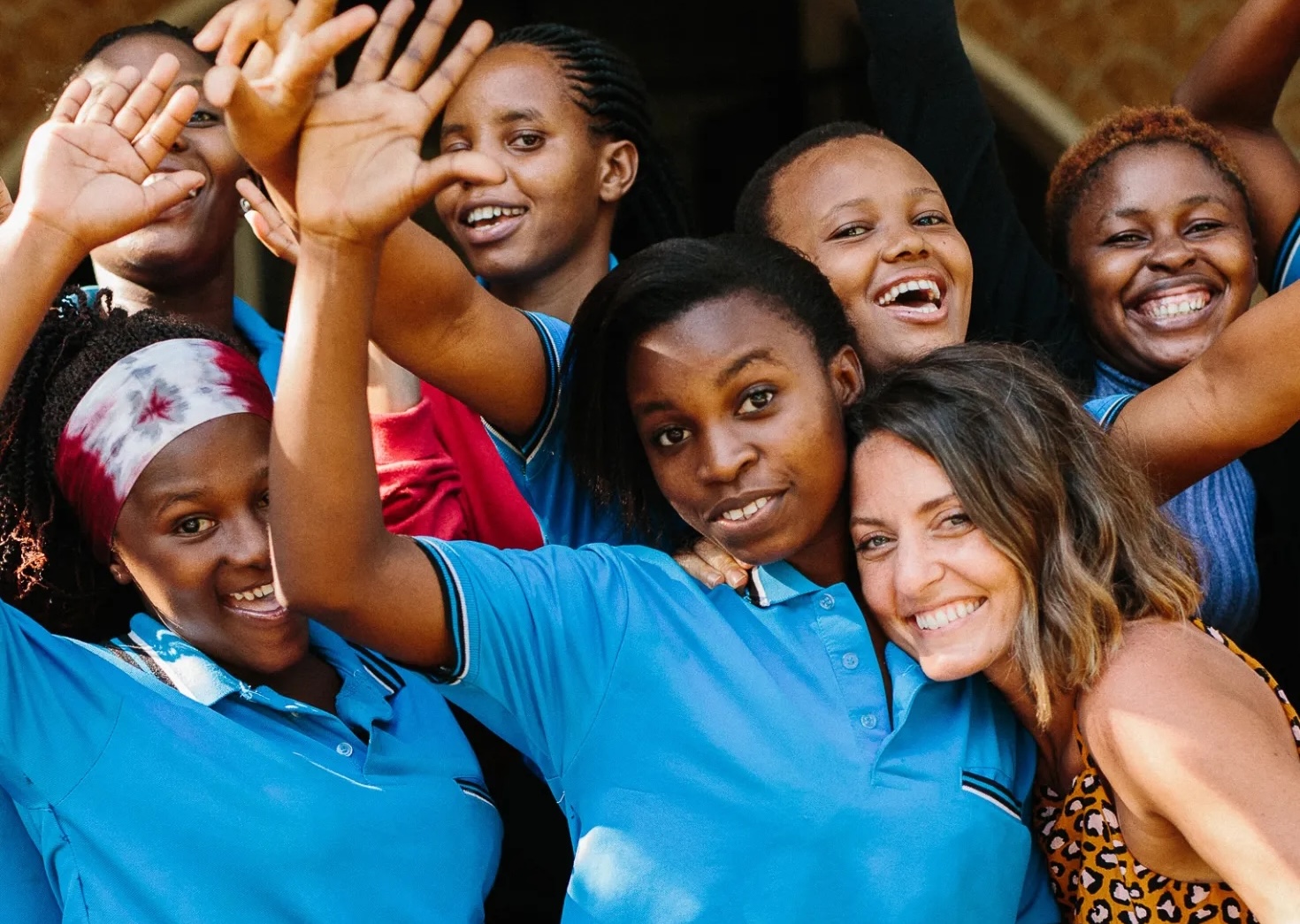Nations, cities, and towns around the world are faced with the challenges of serving an increasing number of refugees, especially Haitian immigrants in recent times.
Christians and churches must decide how to minister to changing demographics in their communities. Some decide to ignore the shifts in population. Others magnify or minimize the clashes of cultures. A few discover creative and compassionate responses that shine the light of the gospel to the people around them. Iglesia Bautista Monte de Dios (Mountain of God Baptist Church) in Quilicura, Santiago, Chile is one such church.
After the 2010 earthquake in Haiti, Chile was one of the primary destinations for refugees and immigrants fleeing the devastation. After the assassination of Haiti’s president in 2021 and the ensuing chaos, even more Haitians have moved to Chile. Chile’s friendly immigration policies make it a welcoming nation for those intending to stay or for those who hope to move to another country after a few years. By 2021, at least 180,000 Haitians were living in Chile, and many of them had settled in the Quilicura neighborhood of Santiago, Chile’s capital city.
Haitian Immigration Brings Changes to the Church
The Monte de Dios church was going through a leadership crisis. Their pastor’s health was failing while the community around them was drastically changing. Haitian believers were coming to the church. Many of the traditional Chilean members left the church as the demographics of the community changed. Chilean believers Pedro Palma and his wife Danae were among those who remained. When their pastor died in 2018, the church asked Pedro to lead them. Pedro and his family had been driving an hour across the city to support the dwindling congregation and help the ailing pastor. He was a successful financial officer in international business with an educational background in both business and theology. Although he was extremely busy, he heard and accepted the Lord’s call and that of the church.
The church faced another decision: How should they respond to the Haitian immigrants in their community and church? They might persist in being a strictly Spanish-speaking congregation and watch their numbers decline while missing the opportunity to minister to the Haitians around them. They could start a separate Haitian ministry that would soon outgrow the Chilean host church. The third option, and the one they chose, was to embrace a bi-cultural model, blending Haitian and Chilean elements in their worship, fellowship, and ministry.
Blending Chilean and Haitian Elements in Worship
The church is warm and welcoming to everyone. The services include music, prayer, and greetings in multiple languages: Spanish, Haitian Creole, French, and sometimes English. Preaching and teaching are translated in every service. The growing congregation consists of a few more Haitians than Chileans, but also members and visitors from other countries. Fellowship meals have an international flavor and a big family atmosphere.
Continuing Challenges in a Multi-Ethnic Community
Although the church has been willing to adapt to the realities of its neighborhood, there are many challenges to overcome, especially relating to differences in language and culture. They strive to ensure accurate, effective communication through translation to multiple languages in the services. Pastor Pedro says that they must consistently discern which differences are cultural, negotiable, or doctrinal. The Holy Spirit is their helper, and the bonds of Christian love hold them together.
One pressing challenge is the need to provide safe activities for families who are concerned about the crime problems in the community. The church offers a very healthy and active youth ministry called Águilas de Dios (God’s Eagles). The teens go to camps and hold youth fellowships with other churches. They also have weekly programs for children with Bible instruction, music, and games. Sometimes the small church building turns into a playground.
Growing Leaders from Haitian and Chilean Cultures
Pastors, deacons, and other ministry leaders include both Haitians and Chileans. They are all involved in the ministry and are increasing in their knowledge of the Word. The church also encourages the development of young leaders. Franklin, a young, talented musician, is serving the church through leading worship. Ismael and Jinel are students with a hunger for the Bible who are learning and serving among the teens. Pastor Pedro prays that these young men and others will hear the call of God in their lives to serve in the ministry.
A Picture of This Multi-Ethnic Church
Imagine that you’re at a Sunday morning service. The church building is filled. Families with babies and children of all ages come wearing their Sunday best. The young and the old are enjoying being there. The music is lively and joyous. The congregation sings and reads Scripture in two or three languages. The preaching is biblical and full of sound doctrine. It takes a little while because of translation, but no one is in a hurry. Stay around afterward. Shake hands and share a bear hug. Break bread together. Celebrate a birth, a marriage, a success. Pray for the sick and sorrow with the grieving. You’re not left out because of your race, birthplace, or language. God is our Father, and heaven is our home.
Please join us in prayer not only for Monte de Dios but also for churches and gospel workers around the world that are serving in the midst of Haitian immigration, displaced refugees, and communities of immigrants.
Editor’s Note: This article was originally published by ABWE Live Global on October 1, 2024.
